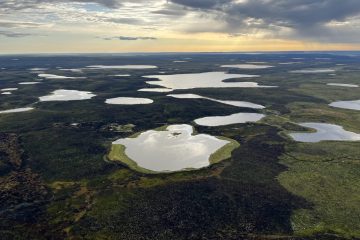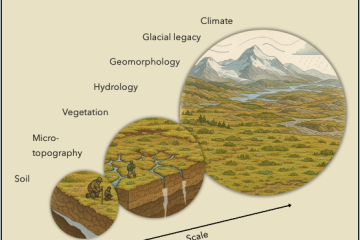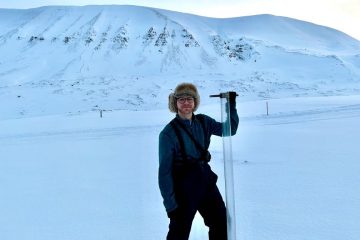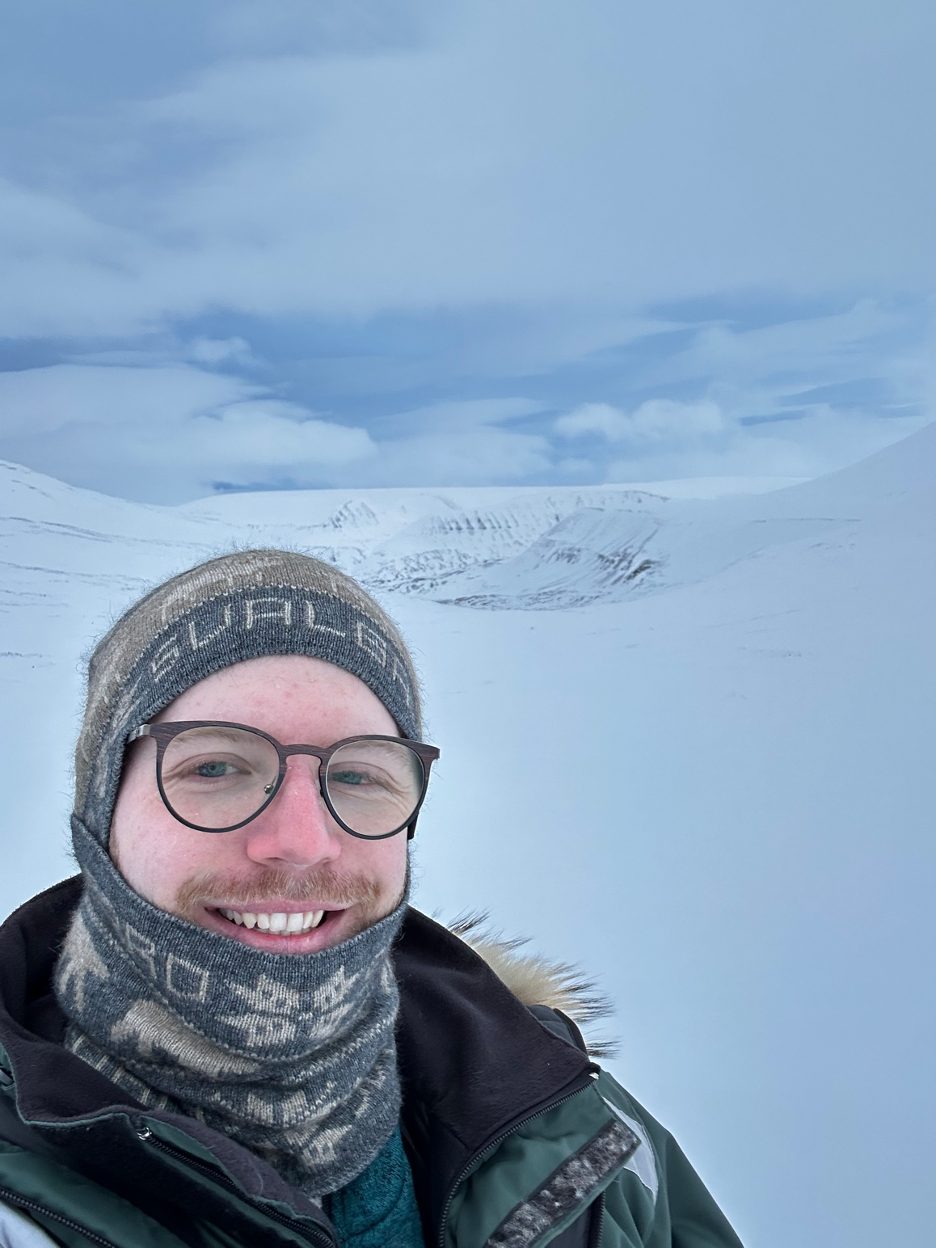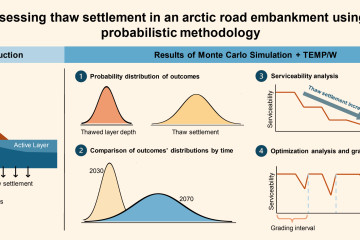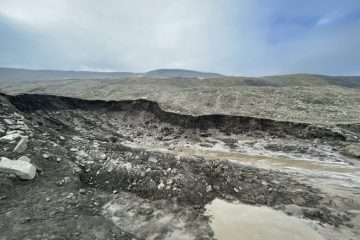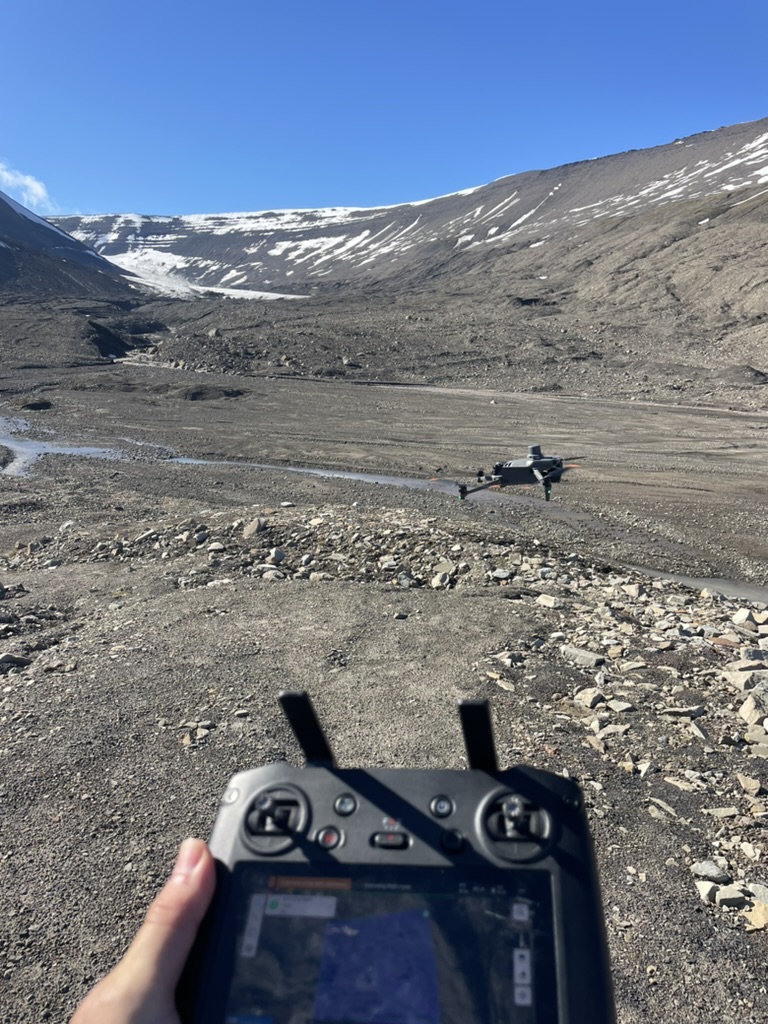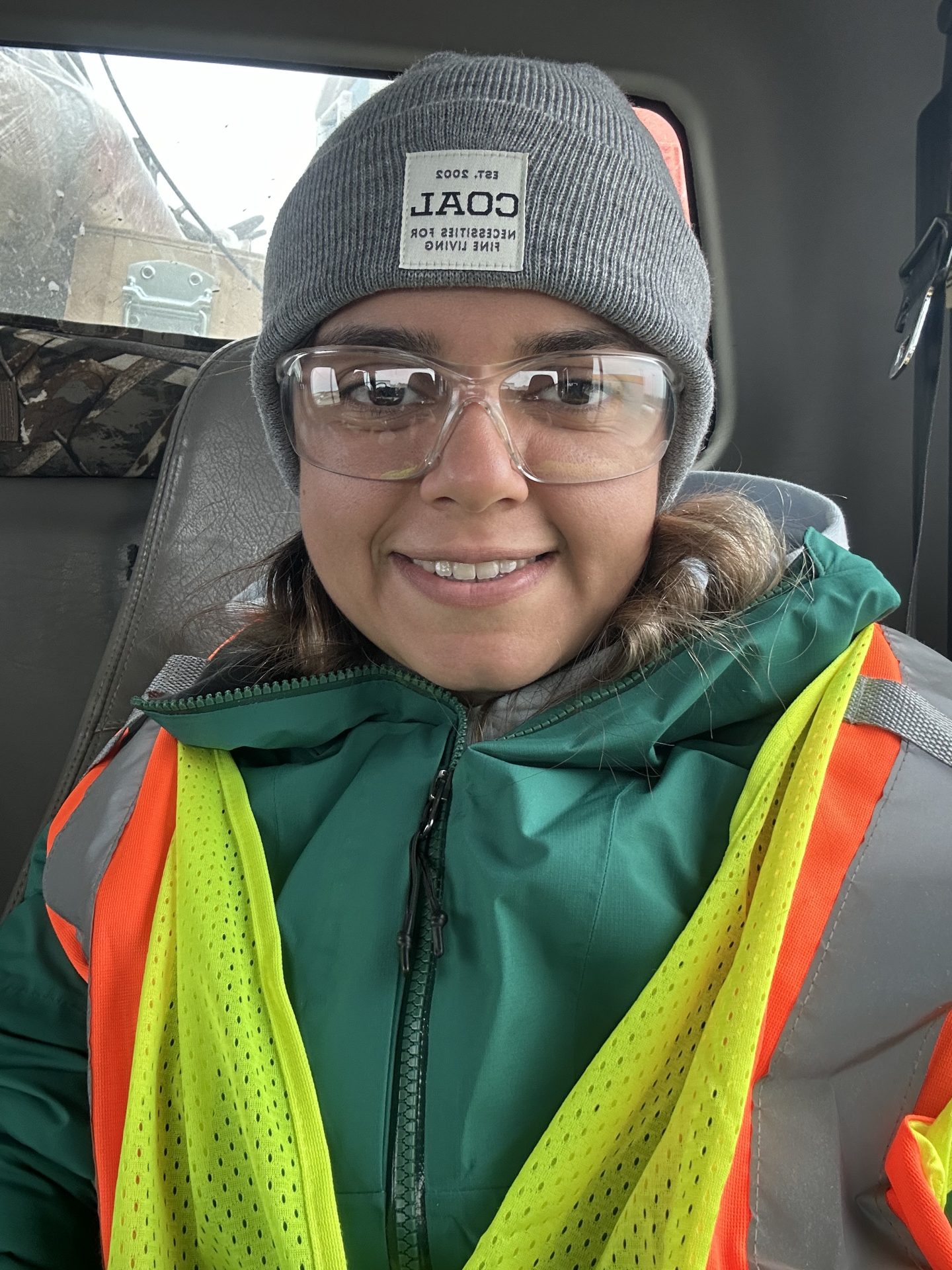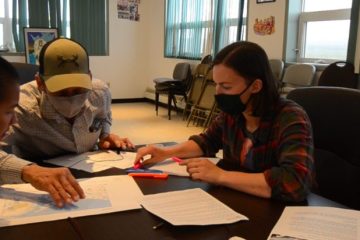POSTPONED – Due to unforeseen circumstances today’s seminar has been postponed.
We will let you know as soon as we have a new date for the seminar.
Thank you for your understanding.
Léa Cornette will be presenting Tundra Firescape : Vegetation Succession and Perceptions.
Please note that the seminar will be presented in French, with slides provided in English.
Veuillez noter que le séminaire sera présenté en français, avec des diapositives en anglais.
Date: POSTPONED
Time: 13:00-14:00 Eastern Time
Location: Zoom (details are posted in our Teams site).
Increased wildfire activity regimes in the Arctic tundra is a growing concern owing to their ecological and human impacts. This study explores the long-term effects of wildfires on soil physical properties, nutrients availability and vegetation succession, using a fire scar chronosequence (EV034-68, EV014-12, EV014-23) in the Inuvialuit Settlement Region (ISR) around Inuvik. Using a mixed approach, this study also aims to understand the perceptions of community members from the ISR of how wildfires, but also weather and climate variations, modify the landscape and their relationship with it.

